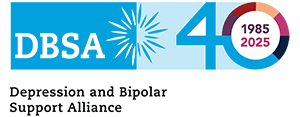Treatment for depression or bipolar disorder often includes 4 basic elements: talk therapy, medication, peer support, and a personal wellness plan. But sometimes, these aren’t enough. Fortunately, there are several other biological treatments currently in use that have been shown to help reduce mood disorder symptoms.
Electroconvulsive Therapy (ECT)
Electroconvulsive Therapy (ECT) is a type of therapy that works by stimulating the brain with small amounts of electricity. This therapy requires the client to be under general anesthesia and receive a single pulse (ie electrical stimulus) that precipitates a brief, well-controlled and carefully monitored seizure. The subsequent changes in brain chemistry and regional connectivity have been associated with a reduction in symptoms of mania, depression, and catatonia in many individuals. ECT is generally used when other types of treatment have not been effective in reducing symptoms, although symptoms are sometimes so severe that an urgent therapeutic intervention is needed. For example, if a client has tried several different medications for depression and none seem to be effective, the client may be recommended to do a type of therapy such as ECT. ECT usually takes about 4-6 treatments before people begin to see improvement, and full improvement may take longer.
Transcranial Magnetic Stimulation (TMS)
Transcranial Magnetic Stimulation (TMS) is a procedure where magnetic fields are used to generate an electric stimulus (much lower than ECT) that stimulates cells in the brain to improve symptoms associated with depression. TMS can also be called rTMS, with the ‘r’ referring to the repetitive magnetic pulses. Unlike ECT, TMS does not require an individual to be put under anesthesia and it doesn’t cause small seizures. Side effects for this type of treatment should be mild, such as headache, head discomfort, and lightheadedness. TMS, similar to ECT, is generally used when other treatment options such as medication and talk therapy still aren’t proving effective for reducing symptoms. TMS has been shown to reduce symptoms or eliminate them completely. Researchers are continuing to improve this therapy by continuing to investigate the best way to perform this type of brain stimulation with either different types of coils that generate the magnetic pulse or multiple treatments during same day.
Vagus Nerve Stimulation (VNS)
Vagus Nerve Stimulation (VNS) uses electrical impulses to stimulate the vagus nerve. The vagus nerve is responsible for helping with digestion, the immune system, and heart rate – all of which are monitored by the brain. The technology takes advantage of stimulating the vagus nerve as it sends impulses back to the brain. This treatment is generally done when several forms of other treatment have been proven ineffective for depression. A client may be asked to do ECT, for example, before VNS. Traditionally, this therapy was done by implanting a device that sends electrical currents along the left vagus nerve, which activates key brain areas. Newer forms of this therapy do not require a device to be implanted. This type of treatment usually takes several months to reduce depression symptoms. This type of treatment doesn’t work for everyone, and its efficacy for depression has been mixed.
Cranial Electrotherapy Stimulation (CES) Devices
Cranial Electrotherapy Stimulation (CES) Devices are also used for brain stimulation. Using a small electronic device, the brain is stimulated. The devices are usually attached to the head, headband, or earlobes by small clips. The Food and Drug Administration (FDA) has approved these types of devices for the treatment of depression, anxiety, and sleep disorders. There may be other conditions that CES is useful to treat, but more research and clinical trials are needed.
Biofeedback Devices
Biofeedback Devices help people make slight changes to their bodies that can help relieve symptoms. A device is attached to a finger or earlobe and measures things such as heart rate, breathing, and muscle tension. The device will give the user feedback to help them change their physiological reaction. Biofeedback is a newer technology, and more research is needed to determine if it is helpful for depression and bipolar disorder. Note that the FDA doesn’t regulate many of these types of devices that are created for at-home use. Be sure to work with a licensed health care provider when making decisions about medical devices.


